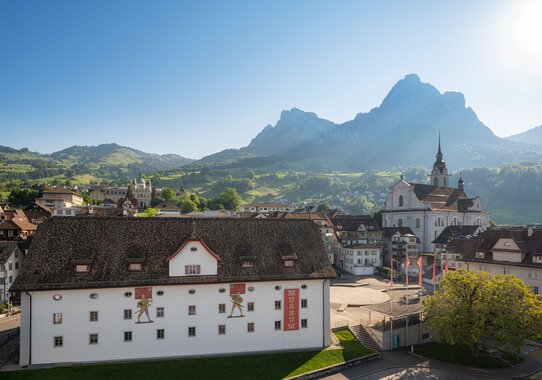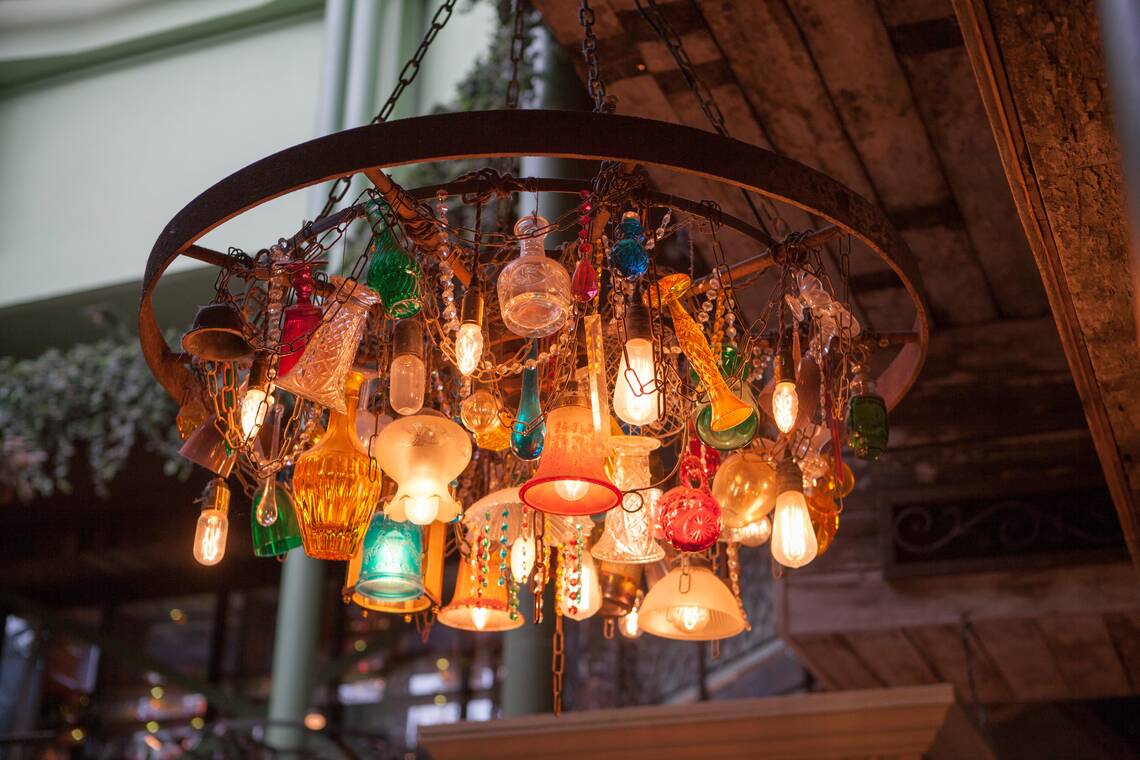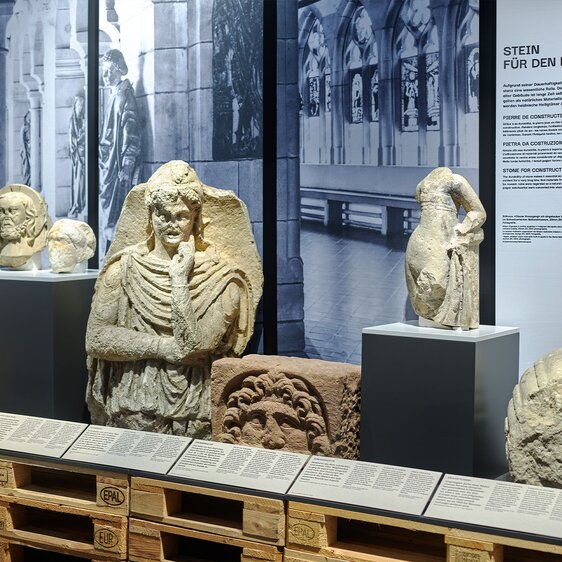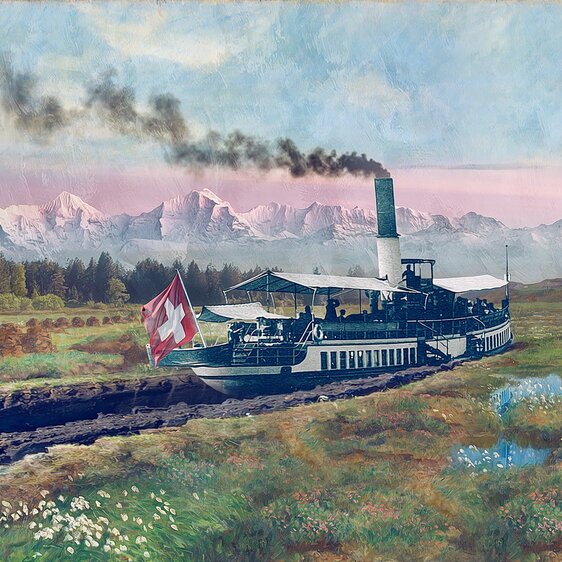Forum of Swiss History Schwyz
| 7.12.2024 - 27.4.2025
Repair, reuse and repurpose: A new exhibition at the National Museum Zurich takes a look at the methods of the circular economy – from the Stone Age to the present day.
Although the term itself is relatively new, the circular economy has existed since the beginning of human history. Our ancestors also produced waste and polluted the environment. But prior to today’s throw-away, consumerist society, the need to overcome scarcity and shortages determined the way in which we handled materials and objects. Wherever possible, they were recycled, repaired, refashioned or reused.
By presenting objects that were mended, reused and cherished across generations, the exhibition heightens our awareness of the value of giving a second life to things.
Evidence of materials being reused can be found as far back as the Stone Age. Damaged flint blades and stone hand-axes were not thrown away: they were specifically repurposed so that they could be used again. Later, bronze pots and jars, jewellery, tools and sculptures were hoarded in depots, melted down and transformed into coins and weapons, for example. Some objects, on the other hand, remained unchanged but were handed down and used from one generation to the next. Examples include a 17th-century cradle in which numerous members of the Waser family from Zurich were most likely first rocked to sleep.
Before the industrial mass production of textiles began, these too were used until they fell apart and were no longer serviceable. The well-to-do often gifted their cast-off clothing to servants, after which the remnants would be torn into rags and used as dusters, in paper production, or even as toilet paper. Particularly expensive garments worn by the nobility would likewise take on a new life in churches and monasteries as liturgical vestments, dresses for figures of the Virgin Mary, altar cloths or wrapping for relics.
Before the 20th century, the main factor driving the development of reuse, recycling and upcycling strategies was the scarcity of resources. Today, both excess production and environmental pollution are forcing us to think hard about the circular economy. New technologies can open up new opportunities in this respect: the internet enables us to swap and sell used objects. Contemporary fashion designers upcycle to breathe new life into old or use waste materials to create new clothing and accessories.
And the exhibition is making its own contribution to this ethos. Many of the structural elements were previously used for other exhibitions or can be used again in future. The exhibition runs from 14 June to 10 November 2024 at the National Museum Zurich. It will then go on display at the Forum of Swiss History Schwyz from 7 December 2024 to 27 April 2025.








